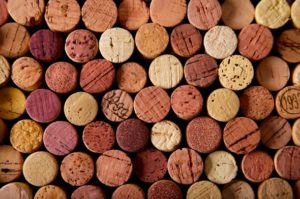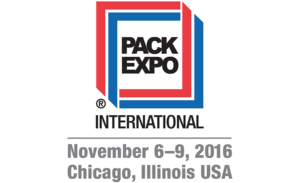Nitrogen Gas Infuses Benefits to Winemaking Industry
 Oxidation, bacteria, and spoilage are a winemaker’s worst enemies, threatening profits and sales. Nitrogen can be used to help prevent oxidation, which occurs when wine is exposed to too much oxygen. And the use of nitrogen throughout various stages of the winemaking process helps preserve color, flavor, and aroma of any wine.
Oxidation, bacteria, and spoilage are a winemaker’s worst enemies, threatening profits and sales. Nitrogen can be used to help prevent oxidation, which occurs when wine is exposed to too much oxygen. And the use of nitrogen throughout various stages of the winemaking process helps preserve color, flavor, and aroma of any wine.
Why Nitrogen in the winemaking process?
Nitrogen is a colorless and odorless gas, which makes it possible to use without wine/wine bottle discoloration or a negative impact on the wine’s taste. Specifically, nitrogen gas can be used during transfer and bottling of any wine to help reduce waste, save the winemaker money, increase employee safety, and reduce environmental impact.
Nitrogen’s Role in Winemaking
Nitrogen gas can be used to prevent oxidation during three specific stages of the winemaking process.
- Flushing: There is a risk of too much oxygen exposure when wine is transferred between containers through housing pumps and hoses. By flushing these pumps, hoses, and filling bowls before bottling begins, unwanted oxidation can be prevented early on.
- Sparging: Wine naturally dissolves oxygen during the fermentation and aging process, so sparging can come in handy as a means of applying nitrogen in the form of extremely small gas bubbles. This works to remove any released oxygen and preserve the wine.
- Blanketing: When it comes time to bottle wine, bottles can be flushed with nitrogen both before and after filling. Nitrogen can also be applied to partially filled barrels or tanks to displace oxygen.
Additional Nitrogen Benefits to Winemakers
Winemakers of all sizes can benefit from using nitrogen in the process by cutting down on waste caused by oxidation and spoilage. And costs associated with setting up on-site nitrogen generation equipment can pay for itself many times in the long-term.
On Site Gas Systems specializes in installing nitrogen generation systems. Whether you’re already using nitrogen gas in your process or are new to the idea, having an on-site nitrogen generation source can simplify your business and improve workplace safety.
And when you don’t rely on diesel delivery trucks to supply your nitrogen each month, you’ll help reduce your company’s carbon footprint. You’ll also save anywhere from 40% to 80% compared to delivered nitrogen, the price of which can fluctuate throughout the year.
The use of nitrogen in winemaking isn’t new, but we’re revolutionizing the way winemakers access nitrogen to make the process more profitable for you. To learn more about our nitrogen generation services, contact On Site Gas Systems today. We’d love to speak with you about how our services can help support — and grow — your winemaking businesses.
Check out Onsite’s recent feature in The Grapevine Magazine.

 If you currently use nitrogen cylinders in your bar or coffee shop, you know the
If you currently use nitrogen cylinders in your bar or coffee shop, you know the 




 Today it’s common practice to use inert gas during winemaking, but questions remain as to the correct
Today it’s common practice to use inert gas during winemaking, but questions remain as to the correct  Coffee and beer lovers have another gourmet beverage to enjoy: Nitro Coffee and Nitro Beer. Nitro Coffee and Nitro Beer are infused with tiny Nitrogen bubbles, which give iced coffee a foamy texture, similar to the frothy collar/head on top of a typical glass of beer. Nitrogen bubbles improve the flavor, texture, and frothiness of a beer’s collar. On Site Gas provides nitrogen generators that will froth up your beer and coffee business as well. Our new Nitro-Blast will provide enough nitrogen for up to five tap lines can be wall mounted to save space.
Coffee and beer lovers have another gourmet beverage to enjoy: Nitro Coffee and Nitro Beer. Nitro Coffee and Nitro Beer are infused with tiny Nitrogen bubbles, which give iced coffee a foamy texture, similar to the frothy collar/head on top of a typical glass of beer. Nitrogen bubbles improve the flavor, texture, and frothiness of a beer’s collar. On Site Gas provides nitrogen generators that will froth up your beer and coffee business as well. Our new Nitro-Blast will provide enough nitrogen for up to five tap lines can be wall mounted to save space. Companies thinking about purchasing a
Companies thinking about purchasing a 



